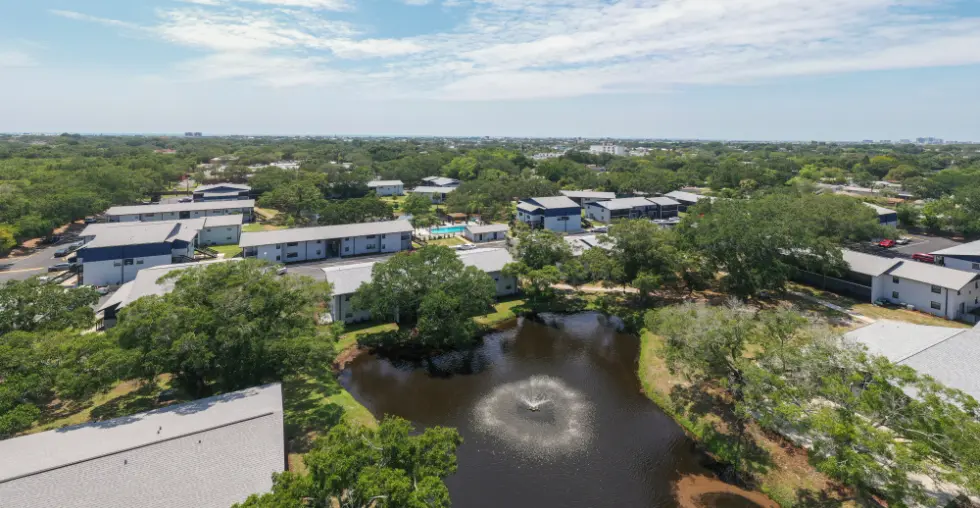Investor preferences in the U.S. multifamily sector have shifted decisively. Equity capital is more selective, risk-aware, and focused on execution over theory. Conversations with LPs, JV partners, and family offices highlight a clear trend: real cash flow, market fundamentals, and operational credibility matter more than ever.
1. In-Place Cash Flow Beats Projected IRRs
Income is king. Across the board, equity partners now prefer deals offering 5%+ cash-on-cash in Year 1 over those advertising high 5-year IRRs based on aggressive rent growth or optimistic exit scenarios. Immediate, reliable cash flow is the anchor in an environment shaped by volatile interest rates, inflation, and economic uncertainty.
With financing rates currently ranging between 5% and 6%, investors are seeking deals where day-one yield meaningfully exceeds debt costs — avoiding negative leverage and providing downside protection.

2. Preference for Newer Vintage Assets (1990s and Later)
Assets built in the 1990s or newer are heavily favored. These properties typically offer fewer capex surprises, more stable operating expenses, and stronger exit liquidity, as institutional buyers and lenders prefer newer product.
In practical terms, a 2005 garden-style community with clean maintenance history will receive far more interest than a 1970s asset with deferred repairs and rising insurance risk.
Especially in coastal or Sunbelt states, insurance premiums have become a major underwriting variable. Properties with poor loss histories or exposure to climate risk are increasingly avoided—regardless of the pro forma IRR.
3. Hold Periods in the 3–7 Year Range
Few LPs or family offices are willing to commit to 10-year holds in today’s cycle. The preferred investment horizon has shifted toward 3 to 7 years, with 5 years now the default assumption in most underwriting models. Shorter hold periods increase flexibility in response to macro shifts—whether in interest rates, cap rate compression, or regulatory change.
4. Strong Market Fundamentals Are Non-Negotiable
Capital continues to gravitate toward markets with net absorption, population and job growth, and limited new supply. Equity partners look for favorable supply/demand dynamics, downward trends in new construction starts, and real wage growth.
Regulatory climate also matters: rent control, eviction moratoriums, or political uncertainty are red flags. As a result, landlord-friendly states like Texas, Florida, and Tennessee continue to attract the majority of new capital allocations.
5. Real Operational Value-Add or Exclusive Access Is Expected
Simply finding a marketed deal is not enough. Equity investors increasingly expect sponsors to bring operational leverage—whether through in-house management, cost-efficient renovations, or a demonstrated track record of NOI growth.
If a sponsor is not vertically integrated, then the deal must be truly proprietary. Widely shopped deals without operational differentiation are receiving less interest. Investors ask: Why partner if the deal is not unique and the sponsor doesn’t bring operational alpha?

6. Specialized Sponsors Outperform Generalists
Teams with clear geographic or strategic focus are gaining ground. Investors increasingly trust sponsors who ‘own’ a niche—whether Texas workforce housing, Midwest suburban value-add, or Southeast tax-efficient yield plays.
This deep local expertise signals repeatability and reduces execution risk. In contrast, broad generalist sponsors without a track record in a target submarket often lose out—even with strong pitch decks.
7. Realistic Underwriting Wins Trust
Equity is now highly sensitive to overly optimistic rent growth or hidden concessions in underwriting. Deals that bake in unrealistic assumptions are discounted early in the process. Investors want to see real rent comps, awareness of local absorption constraints, and recognition of current tenant incentives and renewal behavior.
Conclusion: Cash Flow, Focus, and Credibility Define the New Standard
U.S. multifamily investors—both institutional and private—are rebalancing toward cash-yielding, execution-driven opportunities. To raise capital in this market, a deal must deliver in-place income, market and demographic tailwinds, and a sponsor with a clear competitive edge.
In short, today’s equity is not chasing upside—it is rewarding professionalism, focus, and control.







